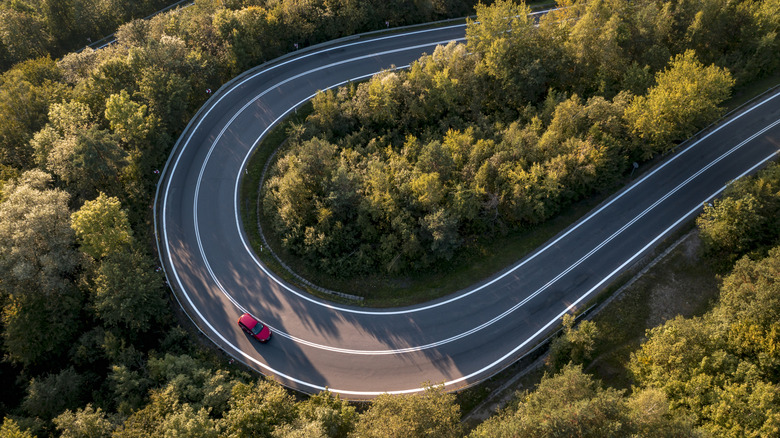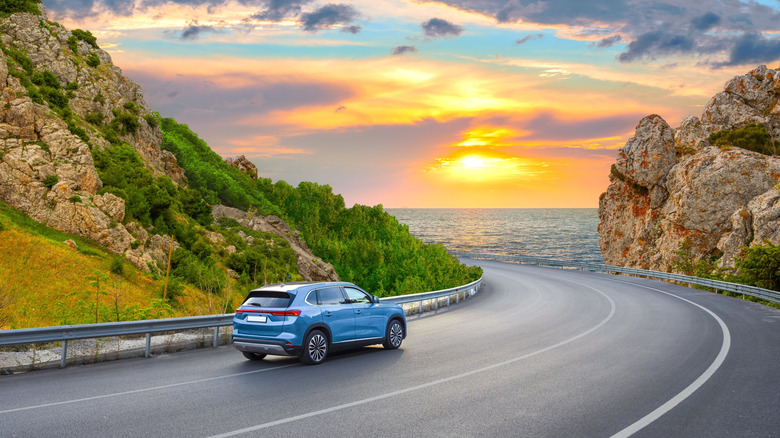If you’re planning to rent a car on your European vacation, travel guru Rick Steves has one very specific and potentially life-saving piece of advice: don’t turn right on red. In the US and Canada, making a right turn at a red light (after coming to a stop) is not only legal in most places — it’s second nature. But that muscle memory can get you into trouble on European roads. As Steves points out in an article offering European driving tips, “Across Europe, it’s illegal to turn right on a red light, unless a sign or signal specifically authorizes it — most commonly in Germany.”
Ignoring this rule is obviously dangerous, but it could also land you with a traffic fine or worse. European intersections are often packed with bike lanes, crosswalks, and trolleys, and local drivers (and pedestrians) won’t be expecting anyone to roll through on a red light. The only exception is if you see a little green arrow light up next to the red light — and you must go in the direction of the arrow.
There’s no doubt that road trips in Europe are super enjoyable for American tourists. But, whether you’re cruising through the Alps or driving to your rented Tuscan villa, remember that red means stop — period. When in doubt, stay put and follow locals. It’s always better to be safe than sorry. Driving in Europe can be a fun and independent way to explore — just study the rules of the road before you get behind the wheel, and don’t let habits steer you into trouble.
More European driving rules to know before hitting the road
Avoiding the right-on-red mistake is a start, but it’s just one of many differences tourists should be mindful of on European roads. For example, roundabouts are everywhere. You’ll find them in city centers and country roads alike. When you do, remember to yield to traffic already inside the roundabout and signal your exit. Steves advises: “To replace the stress with giggles, make it standard operating procedure to take a 360-degree case-out-your-options exploratory circuit. Discuss the exits with your navigator, go around again if necessary, then confidently wing off to the exit of your choice.”
Another important point — road signs, markings, and speed limits vary by country. Research local rules before you cross a border, especially in places like Switzerland, where fines are steep. You’ll also have to contend with different driving styles, so prepare yourself for some relatively aggressive drivers. “After a few minutes on the autobahn, you’ll learn that you don’t linger in the passing lane,” Steves says. “For passing, use the left-hand lane on the Continent and the right-hand lane in Britain and Ireland. In some countries (such as France, Germany, and the Netherlands), it’s illegal to use the slower lane for passing.”
And finally, remember safety first. It’s never acceptable to drink and drive anywhere, and European officials won’t hesitate to slap intoxicated drivers with hefty fines and even jail time. Most countries also don’t allow cell phone use while driving, according to Steves, and in some places you must keep your headlights on — even during the daytime. Before your trip, be sure to check out more of Steves’ best tips for a successful European road trip.



